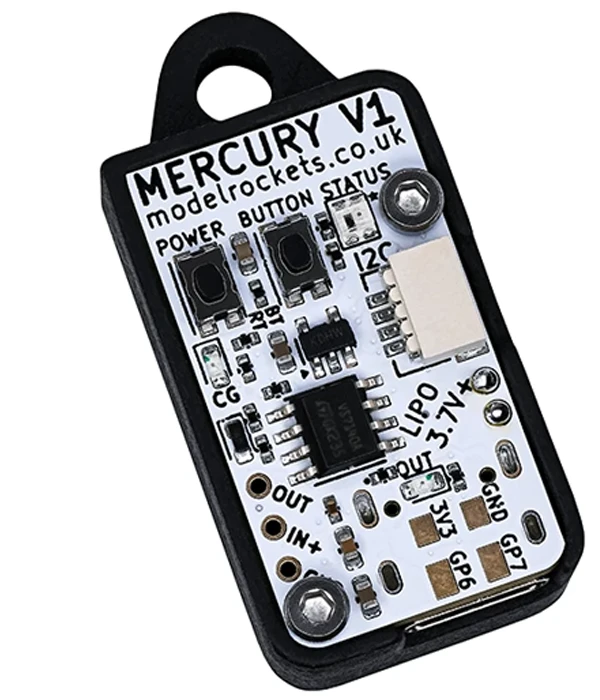 Flight summary
Flight summary
 User notes
User notes
 Youtube video
Youtube video
 Device information
Device information

 Motor burn
Motor burn
 Flight settings
Flight settings













 Output settings
Output settings






